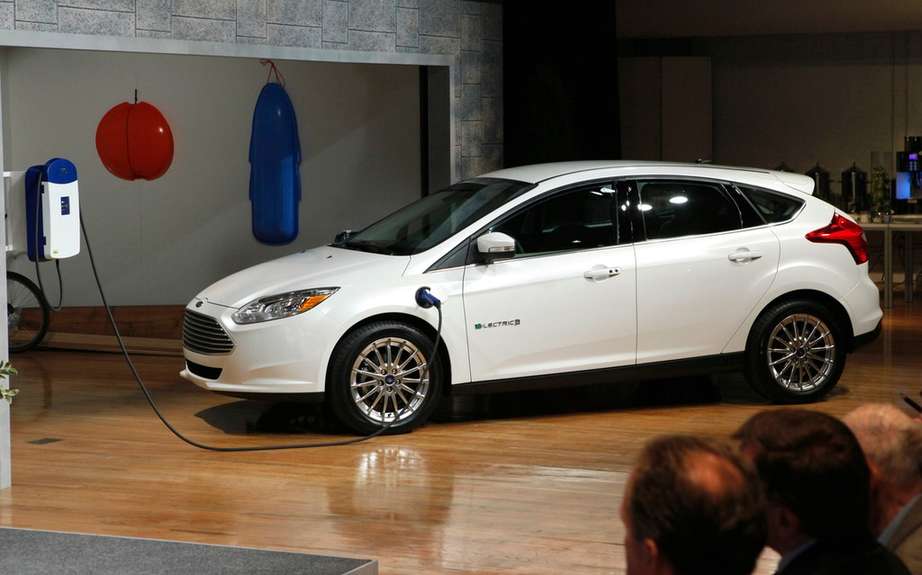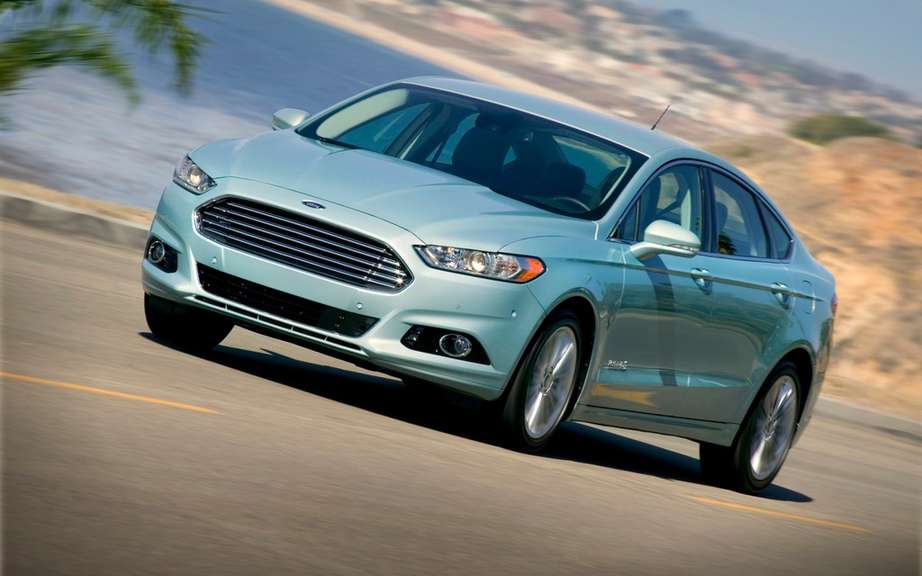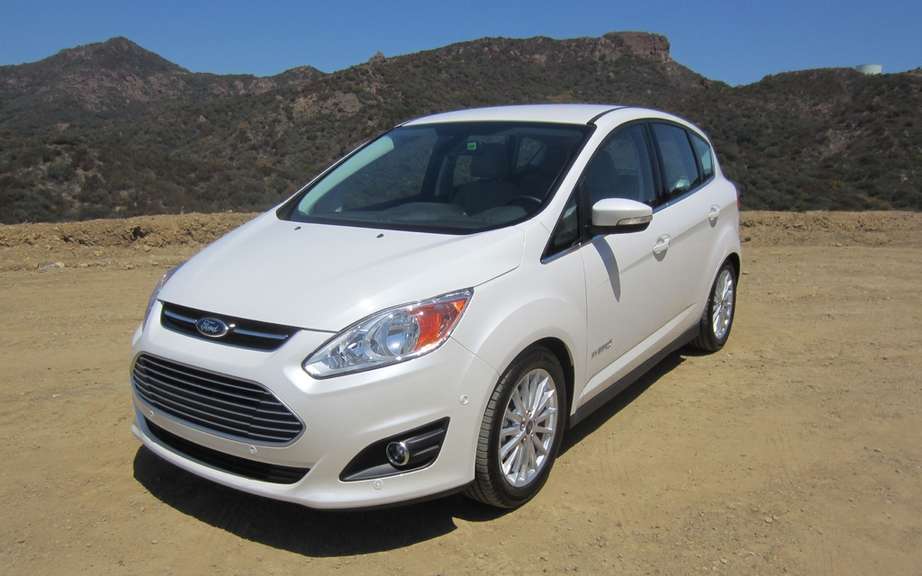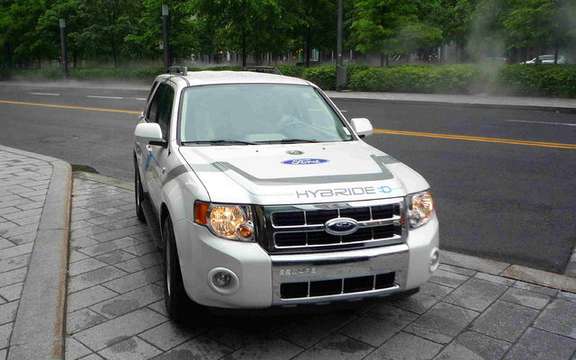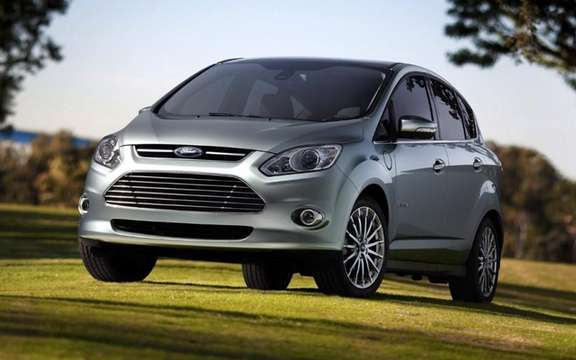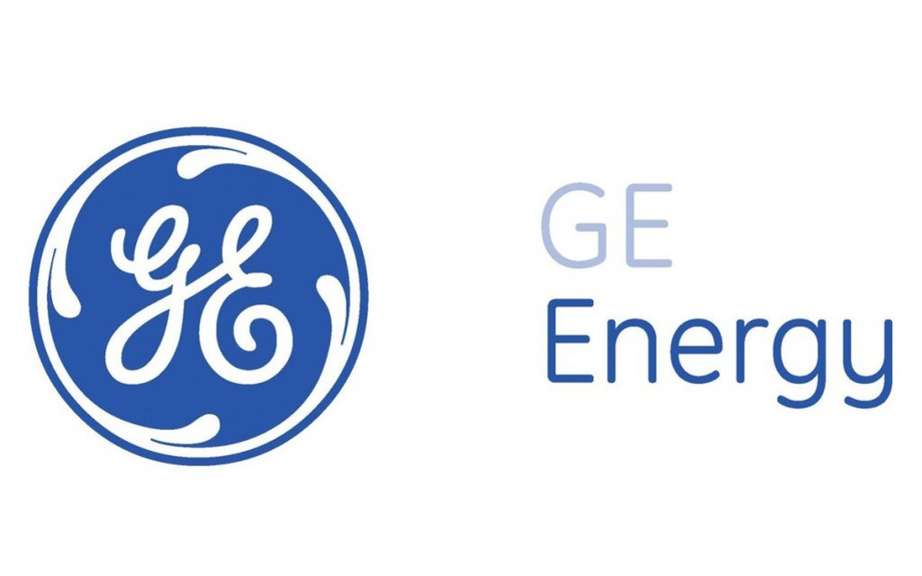Lithium-ion King: the new Ford test batteries for hybrid vehicles
The new protocol for Ford validating the service life of batteries has two decades of practical experience in electric vehicles to predict the way in which the lithium-ion (li-ion) can run up to 240,000 kilometers on the road.
It has been determined that the reliability of the batteries was the main purchasing factor potential customers, ahead of the other factors such as fuel economy.
Ford invests 135 million U.S. dollars in the design, engineering and manufacture of key components - including doubling its capacity battery test - for five electric vehicles that will be presented by the end of 'years.
Battery technology Ford plays an essential role in the provision of fuel economy and a range in mind grace category has its range of hybrid vehicles, plug-in hybrid and fully electric.
Ford recreates the equivalent of 10 years and 240 000 km of wear on the batteries for hybrid vehicles using a new laboratory test that takes less than a year realize.
Ford has designed a new test - the test of functional components - more precisely for its new lithium-ion (li-ion), based on over 20 years of experience and detailed data for reliable hybrid vehicles of today.
This test allows engineers to simulate many factors in the laboratory, including the location of a battery in a vehicle, the temperatures they can suffer, and many other types of acceleration and braking that different drivers may use. The scope of this test also includes the ability to inflict 240,000 kilometers (the equivalent of about 10 years of average use) the battery test in about 10 months.
This test functional components designed to offer better quality batteries and more reliable, according to Kevin Layden, director of electrification programs at Ford.
In fact, the reliability of batteries is classified as the most important for potential customers to purchase hybrid vehicles factor - beating 17 other factors, such as fuel economy and the number of safety features, according to a recent survey order by Ford.
"Recent studies show that customers keep their vehicles longer and the regulations of certain regions today require batteries offer guarantees for large distances," stated Layden. "Fortunately, our tests take into account the distances and conditions that far outweigh the normal requirements. "
Ford will offer five electric vehicles by 2013 - all teams lithium-ion technology. The vehicles of the previous generations of the Ford range offered nickel-metal hydride (Ni-MH). Lithium-ion batteries offer many advantages, including size (25 to 30 percent smaller) and the ability to provide nearly three times the amount of energy per cell compared to previous Ni-MH peak .
Other tests include batteries simulating a hot and sunny Phoenix typical subjecting the batteries to temperatures above 60 degrees Celsius, the simulation of extreme cold conditions typical of Manitoba (Canada) with tests of cold temperatures of -40 degrees Celsius and driving vehicles equipped with these batteries in pits filled with water to ensure that there is no problem.
The experience of Ford technology of hybrid vehicles dates from the late 1980s. The technology has evolved rapidly, resulting in a limited supply of the Ranger EV models in 1998, Escape Hybrid in 2004 and Fusion Hybrid in 2009. Sits on Ford all the data collected from hybrid vehicles generations old.
For example, 50 million items of battery have been produced since 2004 for hybrid vehicles Ford the previous generation, such as the Escape Hybrid and Fusion Hybrid.
Some have been used in taxi fleets, for example, in cities such as San Francisco and New York, and some taxis have reached more than 400 000 kilometers individually and taxi fleets in California only reached a total of nearly 160 million kilometers.
The success rate is exemplary on all hybrid vehicles produced by Ford to date, only six items of battery have failed among the 50 million used.
"We can not make a meaningful comparison between the nickel-metal-hydride and lithium-ion," stated Mazen Hammoud, Chief Engineer, electric powertrains. "But we can assess much of the data collected to see the way in which hybrid vehicles are driven, the types of conditions that the driver meeting and expectations towards them. Knowing all this helps us compare our test and see to it that the lithium-ion meet the requirements. "
Go further
The test of functional components represents one aspect of Ford's commitment to offer the best range of vehicles with regard to fuel economy and triple production capacity of electric vehicles by 2013.
Ford invests 135 million U.S. dollars in design, engineering and production of functional components - including doubling its capacities Battery test - for five electric vehicles that the company will offer its range of vehicles at the end of the year: the Fusion Hybrid, Fusion Energi plug-in hybrid, the C-MAX Hybrid, C-MAX Energi plug-in hybrid and electric Focus.
Ford also has more than 1,000 engineers working on the electrification of vehicles, with the head office electrification advanced center of 285,000 square feet, a Dearborn.
The investment in people and infrastructure is already profitable Ford has reduced the cost of its current hybrid systems by 30 percent compared to the previous generations of technology and vehicles are put on the market 25 percent faster.
Source: Ford
View the gallery

